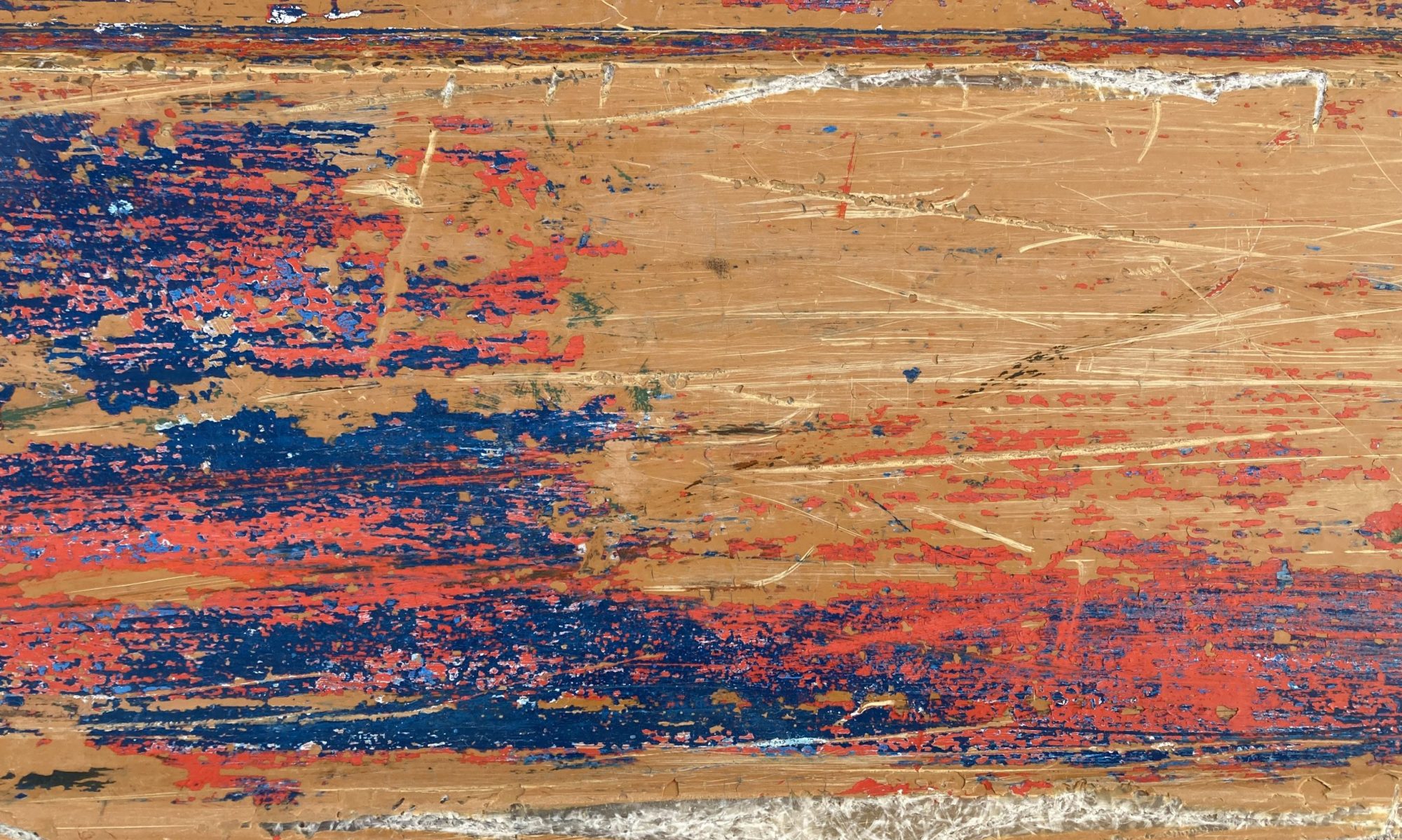In our project, we combine educational sciences, social study of childhood, and multispecies research to examine childhoods (0-18 years) in the environmental crisis. Our approach is structured around the concept of assemblages – situated but open-ended gatherings of bodies, affects, materials, technologies and more. Together with children and young people, we want to examine and learn to notice interspecies relations. This includes rethinking the human species – aren’t we natureculture hybrids, cyborgs or holobionts – multispecies ecosystems, ourselves? As researchers, our backgrounds are in the arts and art education, environmental education, technology education, craft science and posthumanist multidisciplinary research.
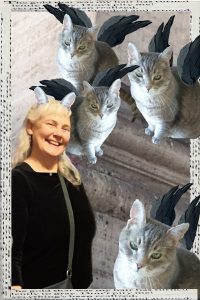 RIIKKA HOHTI
RIIKKA HOHTI
Ph.D., Associate Professor (Childhood Studies, Education)
Riikka Hohti is a postdoctoral researcher whose work aims broadly at rethinking education from a more-than-human perspective. Riikka first took her Masters in music and worked as a classically trained violinist. Later, she decided to study education and worked for some years as a class teacher before starting her academic career as a Ph.D. researcher in 2011.
Riikka has published on animal relations, education in the Anthropocene, museum pedagogy, feminist care ethics, and materiality and temporality in classrooms. Recently, her work has taken place at the intersections of childhood studies, societal study of animals, and environmental education. She has developed methodological approaches to multispecies worlds based on storytelling and movement.
Currently, Riikka divides her research time between leading the Atmospheres project at the University of Helsinki, and working as a postdoctoral researcher in the AniMate research group, University of Oulu.
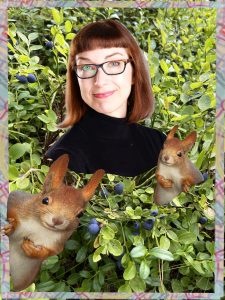 HENRIKA YLIRISKU
HENRIKA YLIRISKU
Doctor of Arts, DA (Art Education)
Henrika’s research focuses on environmental art education and especially on studying the relations between humans and other nature through the means of art. Her professional path has led from studies in geography to visual art education, and she has worked as an art teacher at different levels of education. In 2014 Henrika became a doctoral researcher at Aalto University, School of Arts, Design and Architecture, and started teaching in the program of Visual Art Education.
Henrika’s work intersects arts and art education, environmental education and multispecies research. Recently, she has published on the theoretical groundings of environmental art education, multispecies forest relations, and about challenging anthropocentrism. Likewise, she has written about post-qualitative research and teaching beyond disciplinary borders. Henrika has developed movement-based research practices, inspired by working methods of environmental and performance artists.
At the moment, Henrika works as a postdoctoral researcher at the University of Helsinki in the Children of the Anthropocene research project.
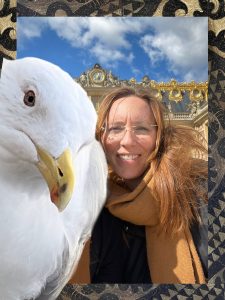 RACHEL SINQUEFIELD-KANGAS
RACHEL SINQUEFIELD-KANGAS
Ph.D. (Education, Art Education)
As a researcher, Rachel is interested in exploring connections between social justice, arts-based research methods, and more-than-human empathy within educational context.
Rachel’s research examines how artistic practices, physical materials, and nonhumans co-conjure or evoke empathy, in critically challenging current human-centered ideas of empathy. She has published articles in art education connected with ideas of artistic practices and empathy, empathy performativity, temporality in empathy and art, as well as art education in the 4th Industrial Revolution.
Rachel earned her BA in Dance from Loyola Marymount in California. Later she received her M.Ed. in Curriculum & Instruction at the University of Missouri. Before completing her Ph.D. at the University of Helsinki in the faculty of Educational Sciences, Rachel worked in the U.S. as a K-12 public-school art teacher and museum educator. Currently, Rachel is a postdoctoral researcher for the project Children of the Anthropocene-Atmospheres.
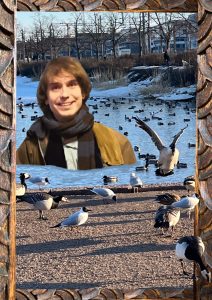 VERNERI VALASMO
VERNERI VALASMO
Ph.D. researcher (Education)
Verneri became interested in educational sciences when he was working in kindergartens. His research focuses on relations between youth and digital technologies, such as smartphones, applications and video conferencing software in everyday school life. He has participated in the development of video ethnographic methods.
Verneri is interested in cities as meeting spaces for multiple species. Especially the relations between humans and birds like sparrows, crows and barnacle geese inspire Verneri to speculate on the possibilities and challenges of multispecies co-living. By applying methods of multispecies ethnography Verneri studies encounters of childrens and youth with other species. He explores how diverse actors, such as urban architectures, plants, histories, seasons, technologies and viruses come together and affect how the relations between species emerge.
At the moment Verneri works as a researcher at the University of Helsinki in the Children of the Anthropocene research project.
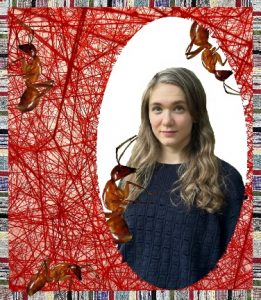 VARPU MEHTO
VARPU MEHTO
MA, Ph.D. researcher (Education, Craft Science)
Varpus research speculates education from a more-than-human perspective. She has worked as a craft teacher in different levels of education and informal workshops. Varpu has, as part of a team, developed pedagogical practices of craft, design, and technology education.
Her research has focused on materiality of learning-by-making. Varpu has published on possibilities of craft thinking for approaching complex, open-ended problems and uncertainty of the environmental challenges. Currently, Varpu is interested in multispecies worlds, and how tensions of co-existence with other species unfold and are responded to. Varpu approaches research as a craft, focusing especially on mundane details.
Varpu works as a researcher Children of the Anthropocene – Atmospheres project at the University of Helsinki.
